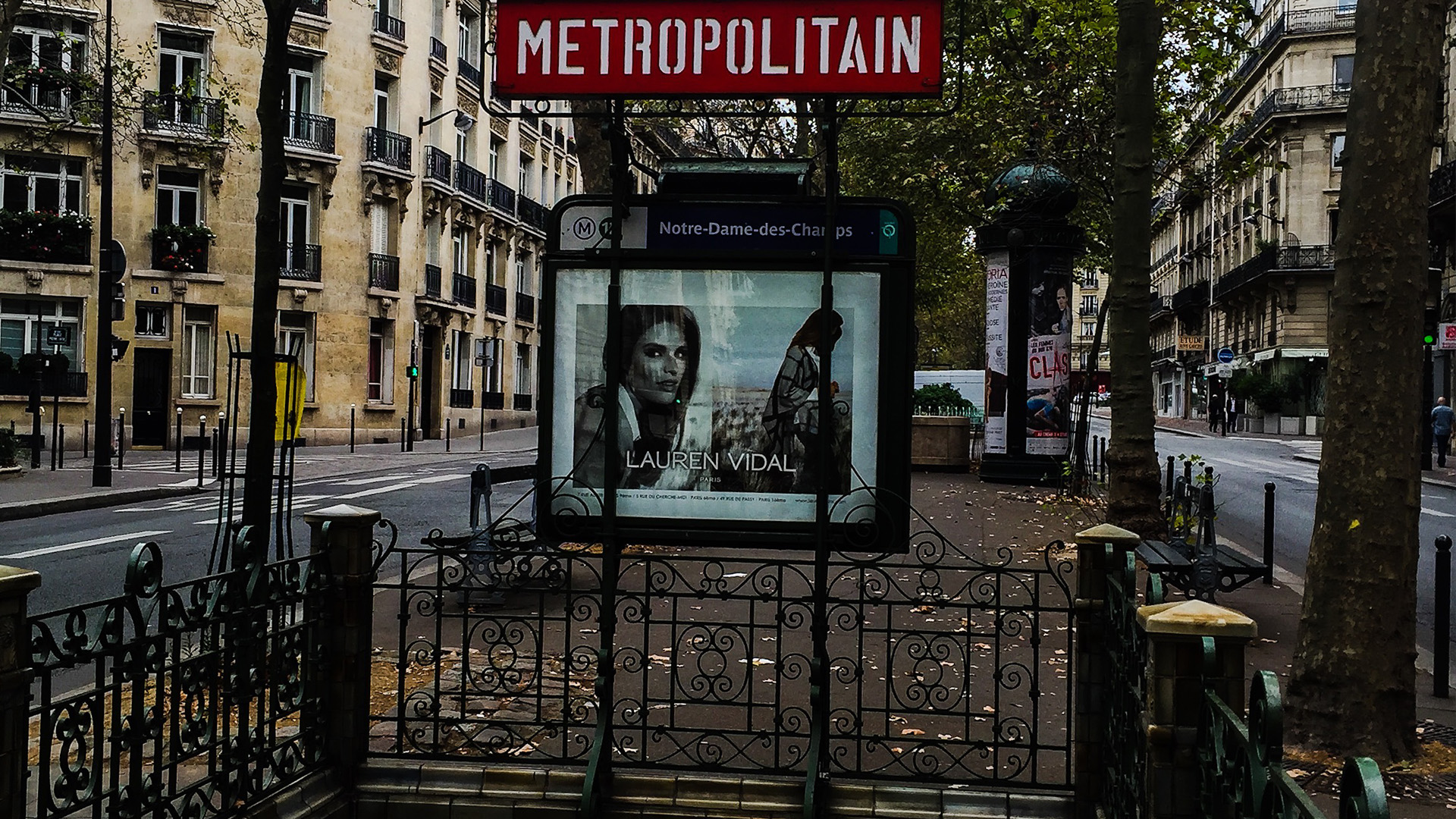Two interesting ideas from down a ways in the essay:
One: “At the turn of the 20th century, the twin infectious disease threats of tuberculosis and the Spanish flu combined with faddish ideas on wellness among people rich enough to afford their own architects, and led to something new. As the architectural historian Biatriz Colomina has written, that was Modernism, with its clean lines, honest materials, porous relationship between the indoors and outdoors, more sunlight, more ventilation, and solid surfaces that were easy to clean. It was more than an aesthetic. It was disease control.”
Two: “Humans build cities as fortresses against failure: economic collapse, natural catastrophe, human venality and cowardice. The city walls keep those things out, when they work. If houses are, as the architect Mies van de Rohe said, “machines for living,” then cities are places where those machines get daisy-chained into a society. Cities are machines for cooperation, and survival.”
[from Wired]
Also reminded of a companion piece about the work of an acquaintance from college, an architect who has turned to imaging what truly inclusive, pandemic-resistant buildings might look like.
[from The New York Times Magazine]




